(1)
Surfactant. Surfactants are composed of lipophilic and hydrophilic groups and are amphipathic molecules, including long-chain fatty acids, cetyltrimethylammonium bromide (CTAB), etc. The main function of this type of dispersant is the steric hindrance effect. The hydrophilic group is adsorbed on the surface of the powder and the hydrophobic chain extends into the solvent, which has a good effect on improving the rheology of the slurry. CTAB and dioctadecyldimethylammonium chloride (DDAC) can significantly improve the dispersion of bentonite in water.
(2)
Small molecular weight inorganic electrolytes or inorganic polymers, such as sodium silicate, sodium aluminate, ammonium citrate, 2-phosphonic acid butane-1,2,4-tricarboxylic acid (PBTCA), potassium tripolyphosphate ( K5P3O10), potassium pyrophosphate (K4P2O7), etc. This type of dispersant can dissociate and become charged. Adsorption on the surface of the powder can increase the surface potential of the particles and increase the electrostatic repulsion. Improve the stability of slurry. Therefore, it is generally believed that the mechanism of action of this type of dispersant is electrostatic repulsion stabilization.
(3)
Polymers. This type of dispersant has a large molecular weight and is adsorbed on the surface of solid particles. Its long polymer chains fully extend in the medium to form an adsorption layer several nanometers to tens of nanometers thick. The resulting steric hindrance effect can effectively prevent particles from gather among each other. Polymers can be divided into ionic and nonionic types depending on whether they can dissociate. Nonionic polymers only stabilize the slurry through steric hindrance, mainly including gum arabic,
Gelatin, methylcellulose, fresh fish oil, etc. As for ionic polymers, that is, polyelectrolytes, the groups on their main chain or branch chains can dissociate to make them charged, and adsorption on the surface of particles can increase their charge. Therefore, in addition to steric hindrance, there is also an electrostatic stabilizing effect. When the particles are far apart, the electric double layer repulsion plays a dominant role; when the particles are close, the sterically hindered particles approach. This electrostatic steric effect is considered to produce the best dispersion effect. Such dispersants with electrostatic hindrance include poly(meth)acrylic acid (salt), lignosulfonate, alginate, polyethylene imine, etc.
(4)
Coupling agents, such as titanate coupling agents, tin coupling agents and silicon coupling agents.

